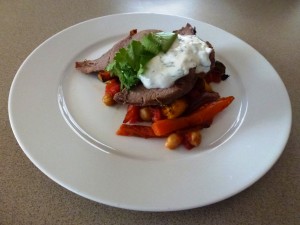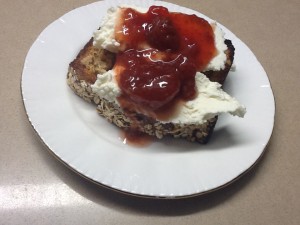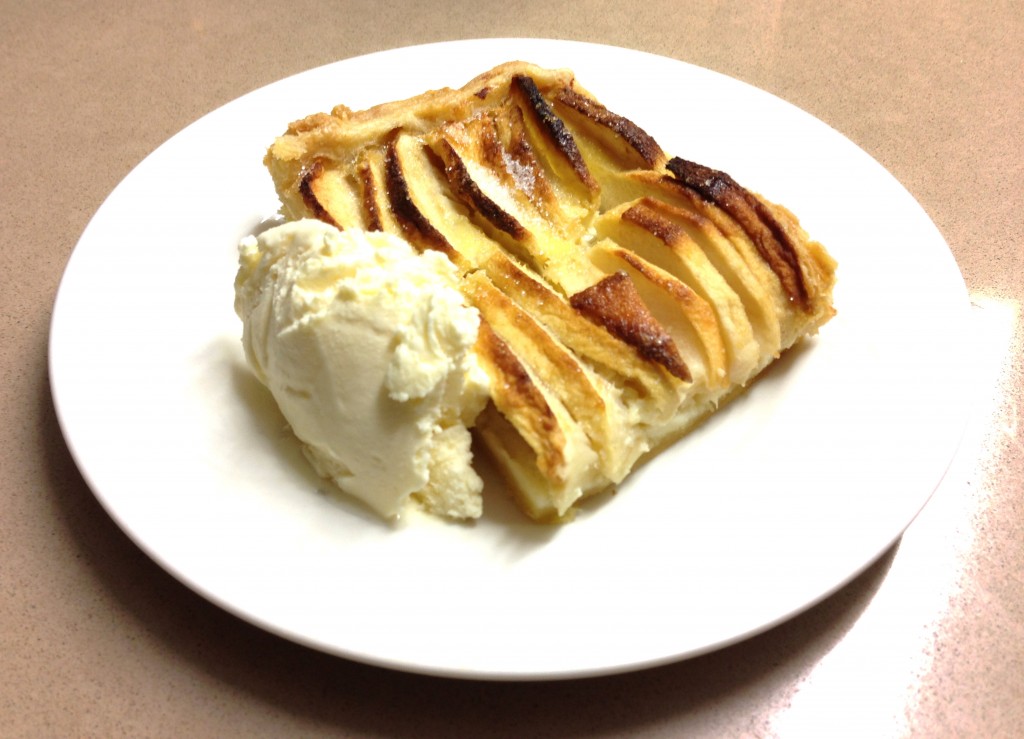 We all know that children need good role models. But do we ever stop growing up? I think adults also need older friends to look up to and think “That’s how I want to be when I’m that age”. Such friends are a rare commodity and to be treasured.
We all know that children need good role models. But do we ever stop growing up? I think adults also need older friends to look up to and think “That’s how I want to be when I’m that age”. Such friends are a rare commodity and to be treasured.
When I married and moved to Canberra I left my friends and family in Europe. Fortunately a lovely lady called Joan Tyrrel, thirty years my senior, took me under her wing. She became my surrogate mother, friend and confidante.
As our family grew Joan and her husband John became an extra set of grandparents for our kids and godparents to our daughter. John had taught Matthew English at Canberra Grammar School where he was also the Chaplin for many years. The Tyrrels had three married children of their own and grandchildren. But they had enough love to go around and we were the fortunate beneficiaries.
When I rang and asked if it was okay to call in for coffee or lunch Joan never said sorry I’m busy, or it’s not convenient. She led a very full life – one of the secrets to longevity – but she always had time for me. Our shared love of cooking meant we often talked about food and swapped recipes, home grown vegetables, jars of home-made jam and chutney. People of all ages enjoyed Joan’s company because she was interested in what they were doing. With such a positive and vibrant personality, she never seemed old. I remember once asking John how he was. “I’m very well thank you” he replied, “Joan says I’m not allowed to say anything else”. We all laughed, but it was so like her.
Having grown up during the War Joan hated waste. When she switched on her dishwasher there wasn’t room for another spoon or fork. And she always cut the Finish tablets in half, swearing that half did just as good a job as a whole one.
Joan died in February 2011 aged 88, after a short battle with cancer and John followed about a year later of old age and because he was completely lost without Joan. They were very much a team and I miss them both, but mostly I miss my special friend and mentor. Her last words to me were “We had such fun together, didn’t we?”
Joan’s recipe for a quick and delicious apple crumble is different because she always left the skin on the apples and melted the butter for the topping.
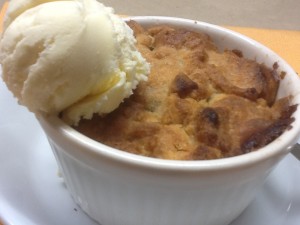 5 apples
5 apples
1-2 Tbs sugar, to taste (Joan always used raw sugar)
Topping:
125g butter
½ cup brown sugar
1 tsp cinnamon
1 cup plain flour
Preheat oven to 180°C. Core and slice apples and arrange in a buttered pie dish or in 6 individual ramekins. Sprinkle with sugar.
Melt butter, add sugar and cinnamon. Lastly add flour and crumble between fingers. Sprinkle over the apples, then bake at for 30-40 minutes, or until golden brown and bubbly. Serve with cream or vanilla ice cream.
Once cooked the individual apple crumbles will keep in the fridge for 5-6 days, covered. Just zap in the microwave for a minute, top with some ice cream and serve for an instant mid-week dessert.
Serves 6

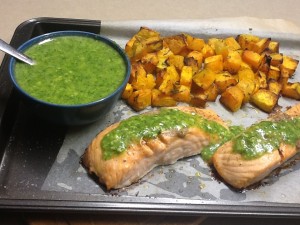
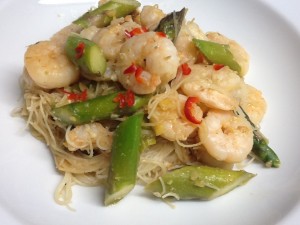
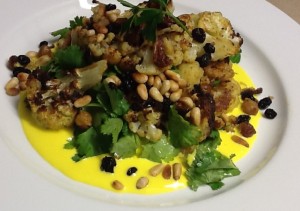
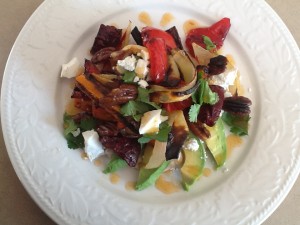
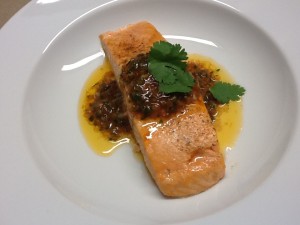
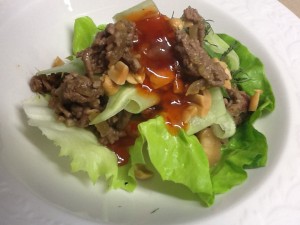
 We all know that children need good role models. But do we ever stop growing up? I think adults also need older friends to look up to and think “That’s how I want to be when I’m that age”. Such friends are a rare commodity and to be treasured.
We all know that children need good role models. But do we ever stop growing up? I think adults also need older friends to look up to and think “That’s how I want to be when I’m that age”. Such friends are a rare commodity and to be treasured.
